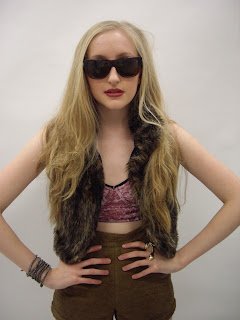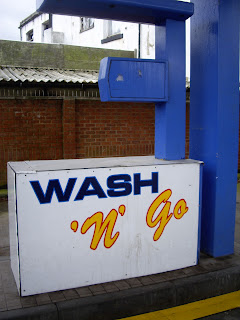Contents Page
This is my first fully constructed contents page for my magazine, Indigo. I have used Adobe In Design CS4 to construct the page. Below are my following stages and tools I have used to create my front cover.
I used the Rectangle tool to create the columns, I then used the text tool to fill in the Band Index, the heading and date. I again used the Rectangle tool to create the table of contents heading boxes and filled them in black.
In this screenshot I have used to the text tool to write in the headings in the table of contents and started writing in the articles and relevant page numbers. I used the line tool to create the black line separating the main heading from the table of contents the the second column.
I have used the text tool to write in the rest of the information for the table of contents.
In this screenshot I have finished filling in all the text in the table of contents. I used the line tool to draw a line under 'LIVE' to create a section for my subscription information. I re-sized the photos using Photoshop CS4 and I imported the photos into In Design using the Rectangle Frame tool, then rotated them to how I wanted them positioned.
Here I have used the text tool to insert the captions for the images, I then rotated them the text to suit. For the page numbers overlapping the image I used the rectangle tool to create the boxes then coloured them white and used black for the numbers.
This is my finished first draft of my contents page. It has been thoroughly thought out and I think it definitely resembles one of a professional magazine.
To further improve my contents page I may need to introduce another font type. And possibly drag down the band index and the table of contents columns so they fit the whole page.
To further improve my contents page I may need to introduce another font type. And possibly drag down the band index and the table of contents columns so they fit the whole page.
Shoot Analysis
The shoots went really well and all to plan. And have chosen these four photographs because they are all different and add variation to the contents page. They all adhere to my genre conventions and will attract my target audience. For the costume they're all wearing in-season clothes and accessories typical of the indie rock genre.
Below are some of the shots from the shoots I chose not to use for my contents page;
I really like this photograph as the models eyeline falls on the top third and as a result it creates direct address with the reader. The only reason I didn't choose this to feature on the contents page is that it doesn't showcase enough of the outfit, and costume is very important in my magazine genre.
There are lots of great aspects of this photo; especially the edgy combination of backgrounds. Nevertheless I didn't choose to use it as it doesn't create direct address with the viewer.
I really like this photo and it fits all the conventions of what I wanted for my contents page. However I didn't use it as it doesn't showcase enough of the costume.
I really like this photo as it showcases the in-style costume typical of the genre of my magazine however the image isn't landscape so it wouldn't fit with my contents page design.
I chose not to use this photo as it isn't landscape and wouldn't fit with my contents page design.
I really like this photo and I think it would fit really well onto the contents page, however the photo that I chose to use of this model is much more suited as it showcases a lot more personality and adds a mysterious edge to the artist. Also you can partly see her eyes on the other photo and this creates address with the reader.


















































